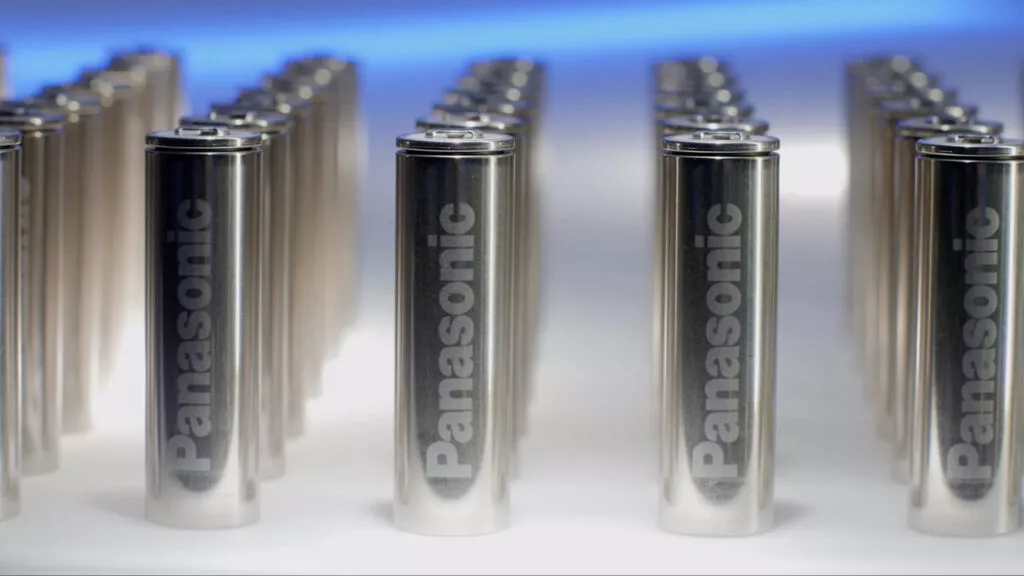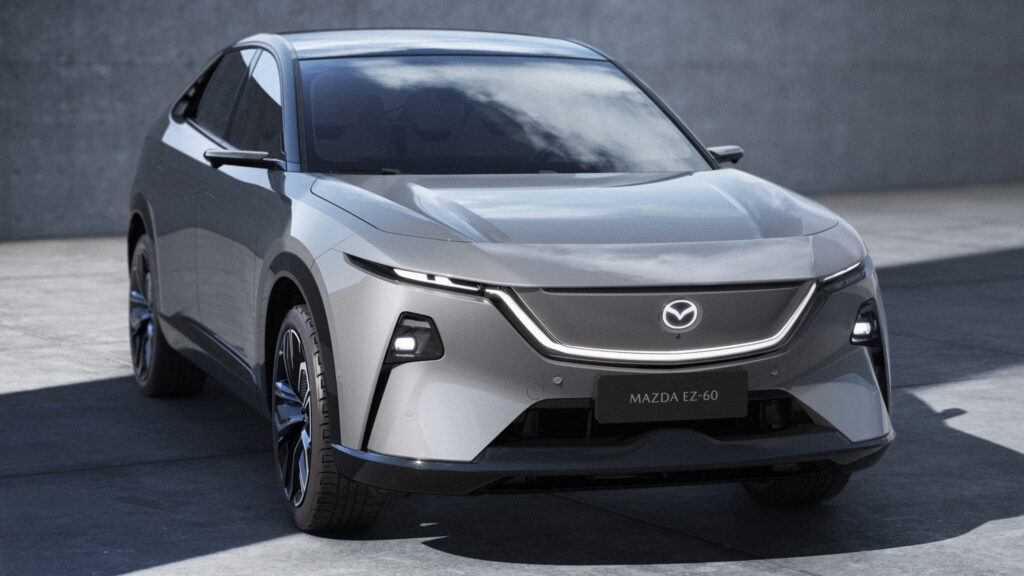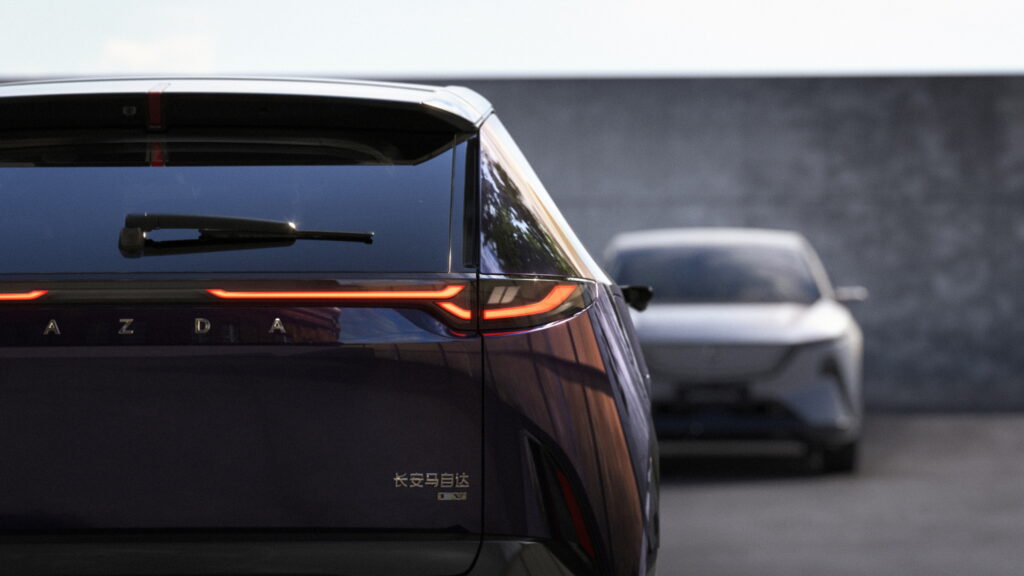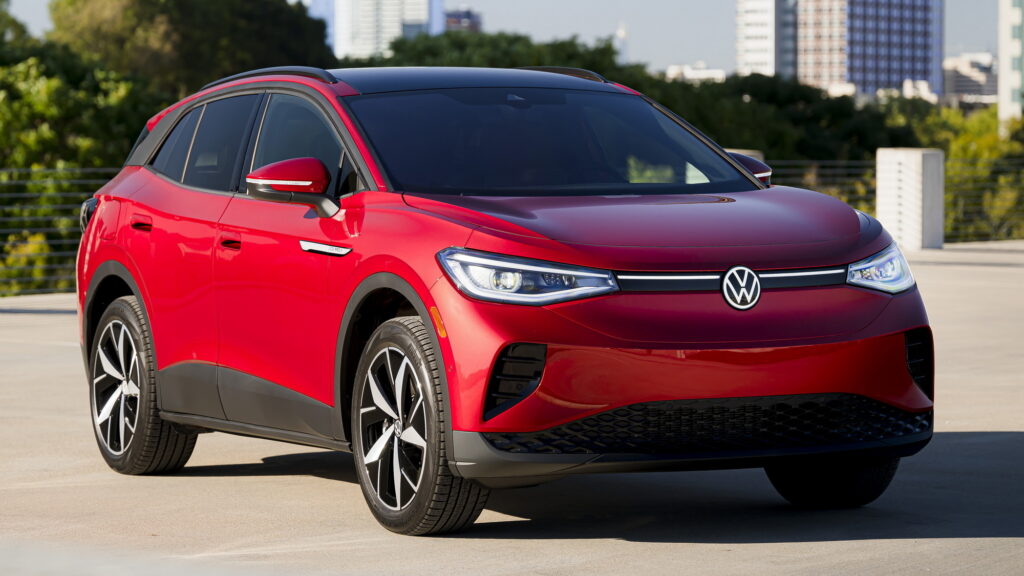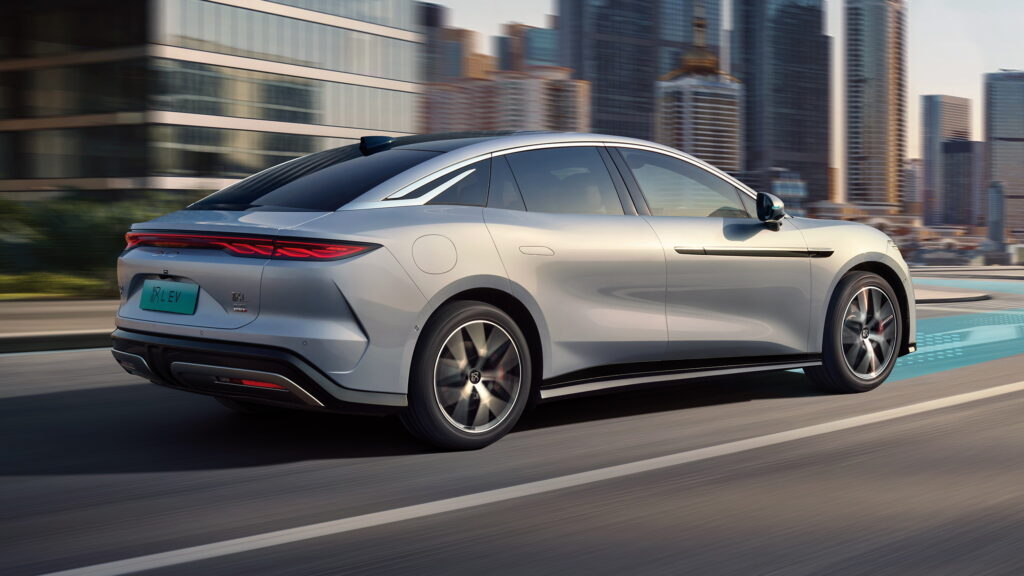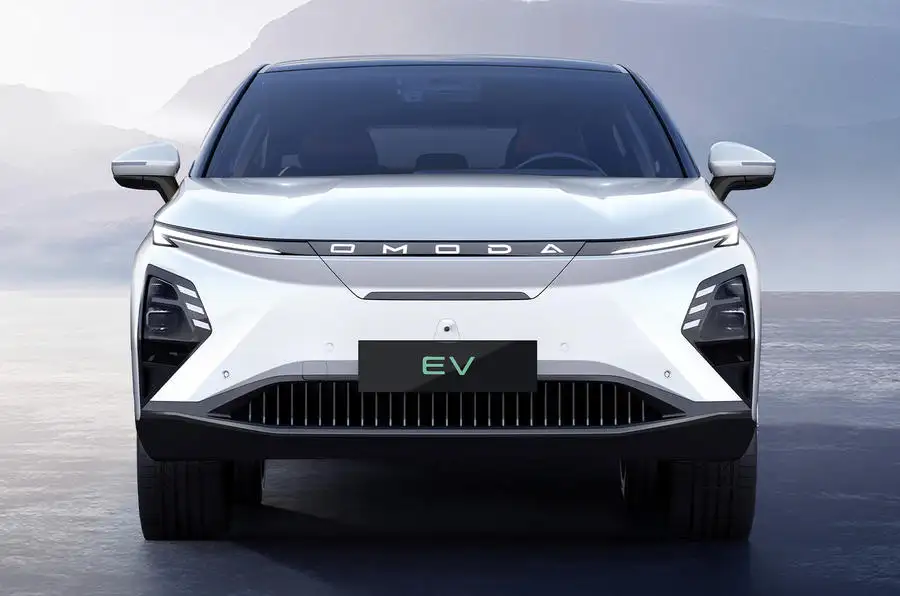STN EXPO Keynote Reveals the Impact of Simple, Intentional Moments
RENO, Nev. — “Amazement artist” Jon Petz used a dynamic combination of magical entertainment and emotional stories to show STN EXPO West attendees the power of simple moments.
Petz had previously addressed over 100 directors at Saturday’s Transportation Director Summit, where he demonstrated how even the most challenging situations that transportation directors face can be solved through passion driven performance.
He opened the Monday morning keynote with a story about his father, who shared a magic trick with him as a child. He noted for the attendees that one moment changed his entire emotional connection with his father and is a memory he remembers decades later. He also said that he still remembers his school bus driver, Mr. Pope, who he described as the kindest man.
“I think today, in this room, you were supposed to be here. On this exact day, with these exact people, at this exact time,” Petz said.
He proved this sentiment with a magic trick. He asked for numbers from various attendees and performed a math equation. The answer resulted in the exact date of Monday’s keynote and the time of day he was performing the trick.
“Magic is about creating moments,” he said. “And we all do this in what we do and who we are.”
As an “amazement artist,” Petz said he wants to share how to harness the opportunities to create a moment that people will remember. No one talks about average moments.They talk about impactful moments.
“When you perform a diabolically impossible trick as a magician on stage, there are two things that happen. One the whole audience asks, ‘How did you do it?’ But after that, the cool part is they come right up to you and say, ‘Do it again.’ How great would it be if people say that about what you do?”
He explained that our brains literally remember special memories differently with a burst of dopamine and serotonin that plants itself in a unique way in your mind. After performing a trick where he made an attendees’ $100 bill disappear and reappear inside a lemon, Petz noted that even when you think you know what’s going to happen, there is still a moment of anticipation. He said instead of trying to raise the bar, he tries to raise the bar one small bump at a time.
He shared a story of a time he was traveling with his daughters, and the airline pilot created a unique and humorous experience for the passengers. He did this by initially saying that this flight was only his second one, alluding to ever, which created a tense moment with the waiting passengers who had been preoccupied with their cell phones. The captain soon added that it was his second flight of the day, which relieved the anxious passengers and instantly bonded everyone.
Petz said he later asked the pilot, Capt. Denny, why he said what he did. He replied, “I like my aircraft to be different,” which Petz noted was creating a moment out of the mundane.
Despite only having that one meeting, years later, Petz attended Capt. Denny’s retirement party and rode on his final flight. The initial flight made that much of an impact on him. He also noted that Capt. Denny would call the parents of unaccompanied minors on his flights to assure them that he would get them to their destination safely or show passengers who had pets in the cargo hold photos to prove they were alright
“Mutually beneficial relationships are not something we conquer, “he said. “It’s a series of simple moments that matter to those that we serve.”
Petz used the example of school bus drivers smiling at a student, and that the interaction might be the only positive one the student experiences all day. Something so simple, he said, creates trust, loyalty and connection.
He explained as a magician he identifies touchpoints and reimagines these moments. Amid the stress of student transportation, sometimes professionals forget how impactful those roles are. He asked the attendees, “What is your story? What do you want it to be?” He noted that the moment of connection is different for every one of us.
Petz shared an impactful story about a time he was asked by a charity to perform magic tricks at a children’s hospital. One of the children was a very sick 9-year-old boy named Nathan. His dream was to become the most famous magician in the world, but he was battling a serious illness.
The situation made Petz nervous, he recalled, as he felt he was “just Jon.” How would he be able to help the boy?
Petz decided to accept the invitation and experienced a moment of shock when he realized how sick Nathan was and that a priest was present. But when Nathan saw him, his eyes lit up and he excitedly participated in magic tricks. He performed a trick where he conjured up a seven of hearts card with Nathan’s name on it and magically made it stick to the ceiling above the hospital bed. Petz even performed a trick with the priest’s credit card.
The story wasn’t over, however, as five months later Petz ran into the same priest. When the priest recognized him, he pulled out the credit card that Petz had put his picture on and shared that Nathan had died eight hours after Petz left the hospital. The priest said that Nathan’s family had retrieved the seven of hearts card from the hospital ceiling and placed it in Nathan’s casket, as it represented the last happy moment they had with him as a family.
“Share the things you have,” said Petz.
He continued that emotional experiences are what fuel our passion. He recalled watching motorists illegally pass school buses when he was taking his daughters to school and would reach out to the districts to report the incidents.
Petz encouraged the attendees to reach out and help others find their value. “That’s why you’re here,” he said. “To understand your value.” He encouraged attendees to continue to connect after the show ends, be here next year and expand their network and knowledge.
“You are not just anybody, you are the best at what you do, or you wouldn’t be here,” he told the audience. “We’ve proved that you’re in the right room with the right people at the right time.”
He then prompted attendees to ask themselves the question, “Do I perform to create an amazing moment, or do I perform just enough to get by?”
Petz wrapped up his address by saying that he shares seven of hearts cards at his events, hoping that one day one of the cards will reach Nathan’s family. He asked what could have happened if he had said no to the invitation to see Nathan? He advised attendees to take advantage of the opportunities where they can say yes.
“This room will never happen again. You are here with a purpose,” said Petz. “And STN, it’s showtime.”
Related: Michigan’s Morris Presented with 2025 Gandolfo Award at STN EXPO
Related: Leading with Purpose: Insights from STN EXPO West’s Transportation Supervisor Seminar
Related: Sharda Presented with Innovator of the Year Award at STN EXPO West
The post STN EXPO Keynote Reveals the Impact of Simple, Intentional Moments appeared first on School Transportation News.
































































